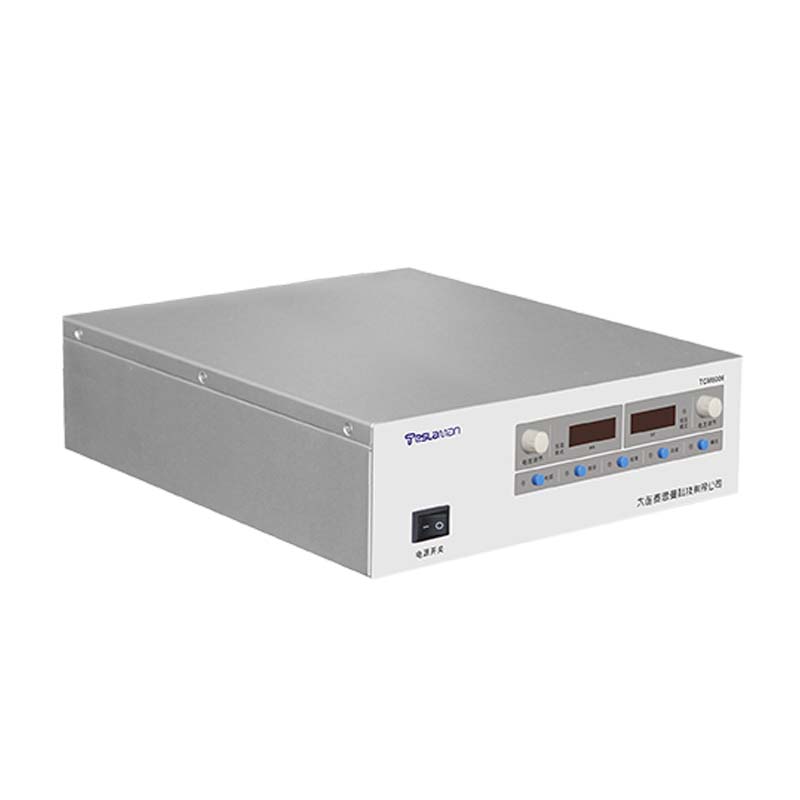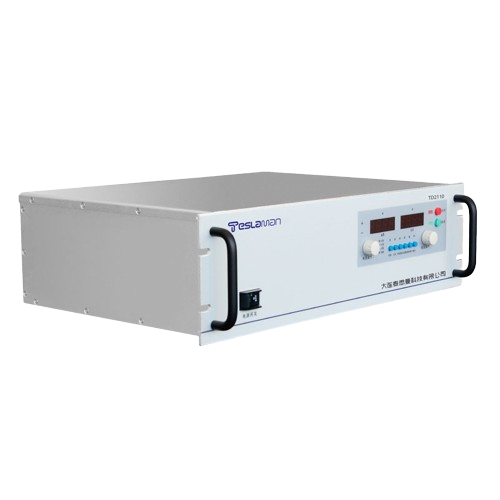Application and Design of High-Voltage Power Supplies in X-Ray Equipment
In modern medical diagnosis, industrial non-destructive testing, and scientific research, X-ray equipment plays an irreplaceable role due to its penetration and imaging capabilities. As the core component of X-ray equipment, the performance of high-voltage power supplies directly determines the efficiency and stability of X-ray generation, as well as the overall operational reliability of the equipment. An in-depth exploration of the application and design of high-voltage power supplies in X-ray equipment is of great significance for promoting the development of related technologies.
1. Application Scenarios of High-Voltage Power Supplies in X-Ray Equipment
In the medical field, X-ray imaging devices such as CT scanners and DR (Digital Radiography) equipment require high-voltage power supplies to provide stable and high-precision voltages to generate X-rays that meet clinical diagnostic requirements. To obtain clear images of human tissue structures, the voltage fluctuation range needs to be controlled within a very narrow interval; otherwise, it will lead to blurred images or artifacts. In industrial non-destructive testing, high-voltage power supplies supply power to X-ray flaw detectors, which are used to detect internal defects in metal materials or components. Due to the significant differences in the materials and thicknesses of the detected objects, high-voltage power supplies need to have a wide range of voltage adjustment capabilities to adapt to the needs of different detection scenarios. Additionally, in large-scale scientific research facilities such as synchrotron radiation light sources, high-voltage power supplies provide energy to accelerate electrons to speeds close to the speed of light, thereby generating high-intensity and high-brightness X-rays for cutting-edge scientific research such as material structure analysis.
2. Key Design Indicators of High-Voltage Power Supplies
(1) High-Voltage Output and Stability
X-ray generation is based on high-speed electrons colliding with the target material, and the acceleration of electrons depends on the high voltage provided by the high-voltage power supply. Generally, the output voltage of high-voltage power supplies for medical X-ray equipment ranges from tens of kilovolts to several hundred kilovolts, while industrial inspection equipment requires even higher voltages. At the same time, to ensure the stability of X-ray intensity and energy, the ripple coefficient of the power supply output voltage needs to be controlled at an extremely low level, usually less than 0.1%, to avoid unstable X-ray output caused by voltage fluctuations, which may affect the imaging quality or the accuracy of detection results.
(2) Fast Response Capability
In some dynamic imaging or rapid detection scenarios, X-ray equipment requires high-voltage power supplies to quickly adjust the output voltage and current. For example, during CT scanning, to achieve fast tomographic scanning, the high-voltage power supply needs to complete voltage switching and stabilization in a short time, and its response time is usually required to be in the millisecond range or even shorter. This requires high-voltage power supplies to have efficient control circuits and fast power devices to achieve rapid voltage adjustment.
(3) Safety and Reliability
Due to the high output voltage and large energy of high-voltage power supplies, safety is a key factor in the design process. On the one hand, perfect insulation measures should be taken to prevent high-voltage leakage from endangering operators and equipment. On the other hand, protection circuits for overvoltage, overcurrent, and overheating need to be designed. When abnormal situations occur, the power supply can be quickly cut off to protect the safety of equipment and personnel. In addition, X-ray equipment usually needs to operate continuously for a long time, so high-voltage power supplies should also have high reliability to reduce equipment failure rates and maintenance costs.
3. Design Schemes and Technical Challenges of High-Voltage Power Supplies
(1) Design Schemes
Currently, the design of high-voltage power supplies mainly adopts switching power supply technology. The transformation and regulation of voltage are achieved through the rapid on-off of high-frequency switching devices. Common topological structures include flyback, forward, push-pull, half-bridge, and full-bridge. Among them, the full-bridge topology is widely used in high-voltage power supplies for X-ray equipment due to its ability to provide high output power and good voltage regulation performance. In addition, to improve the efficiency and stability of the power supply, technologies such as power factor correction (PFC) and soft switching are also employed.
(2) Technical Challenges
During the design process of high-voltage power supplies, numerous technical challenges are encountered. Firstly, high-voltage insulation is one of the key problems. As the output voltage increases, the requirements for the performance of insulation materials become higher. Insulation materials not only need to have excellent electrical insulation properties but also high mechanical strength and anti-aging properties. Secondly, the problem of electromagnetic interference (EMI) cannot be ignored. The operation of high-frequency switching devices generates a large amount of electromagnetic interference. If not effectively suppressed, it will affect the normal operation of the equipment itself and the performance of surrounding electronic devices. In addition, how to achieve the miniaturization and lightweight of the power supply while ensuring high-voltage output is also an important issue that needs to be addressed in the current design of high-voltage power supplies.
High-voltage power supplies play a crucial role in X-ray equipment. By continuously optimizing design schemes, overcoming technical challenges, and improving the performance and reliability of high-voltage power supplies, the development and application of X-ray equipment in the medical, industrial, and scientific research fields will be further promoted, bringing higher value and broader development space to various industries.




















